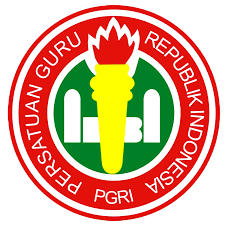Pengaruh Jarak Kerapatan Penghalang Spiral Terhadap Unjuk Kerja Kolektor Surya Tipe Plat Datar
Abstract
The solar collector is a device that serves to collect solar radiation and convert it into useful energy of calories. Solar water heater collectors are heat exchangers that convert solar radiation energy into thermal energy in water. This research is done by modifying the existing pipe in the solar collector, wherein the pipe is given a barrier in the form of a spiral stainless wire with the difference of size that is 0.5 cm, 1 cm, and 2 cm. This study was conducted for nine days. The result of this research proved that the distance of the spiral barrier in solar collector has an effect on efficiency, the smaller spiral barrier distance makes the collector efficiency increases. It’s caused by the flow of water fluid in the pipe collided with the spiral shaft and formed following the spiral groove so as to increase the water temperature difference higher, with the higher water temperature difference then the value of solar energy useful solar collector increases. The increased heat energy is useful to the efficiency of solar collectors, where the efficiency of collectors will increase as well. The discharge flow also affects the collector efficiency, the more greater the rate of water flow, the collector's efficiency will decrease. It’s because the residence time of water in the heating pipe is shorter and the mass flow rate is greater. Furthermore, the value of solar energy useful solar collector is getting down so that collector efficiency is getting down anyway. The maximum collector efficiency occurs at a 0.5 cm spiral barrier distance with 1 liter / minute water discharge of 24.72%, while minimum efficiency occurs at 2 cm spiral barrier distance with water discharge of 3 liters/ minute that is 11.75%.
Downloads
Published
How to Cite
Issue
Section
License
uthors who publish with this journal agree to the following terms:
1. Copyright on any article is retained by the author(s).
2. The author grants the journal, the right of first publication with the work simultaneously licensed under a Creative Commons Attribution License that allows others to share the work with an acknowledgment of the work’s authorship and initial publication in this journal.
3. Authors are able to enter into separate, additional contractual arrangements for the non-exclusive distribution of the journal’s published version of the work (e.g., post it to an institutional repository or publish it in a book), with an acknowledgment of its initial publication in this journal.
4. Authors are permitted and encouraged to post their work online (e.g., in institutional repositories or on their website) prior to and during the submission process, as it can lead to productive exchanges, as well as earlier and greater citation of published work.
5. The article and any associated published material is distributed under the Commons Attribution 4.0 International License.




















